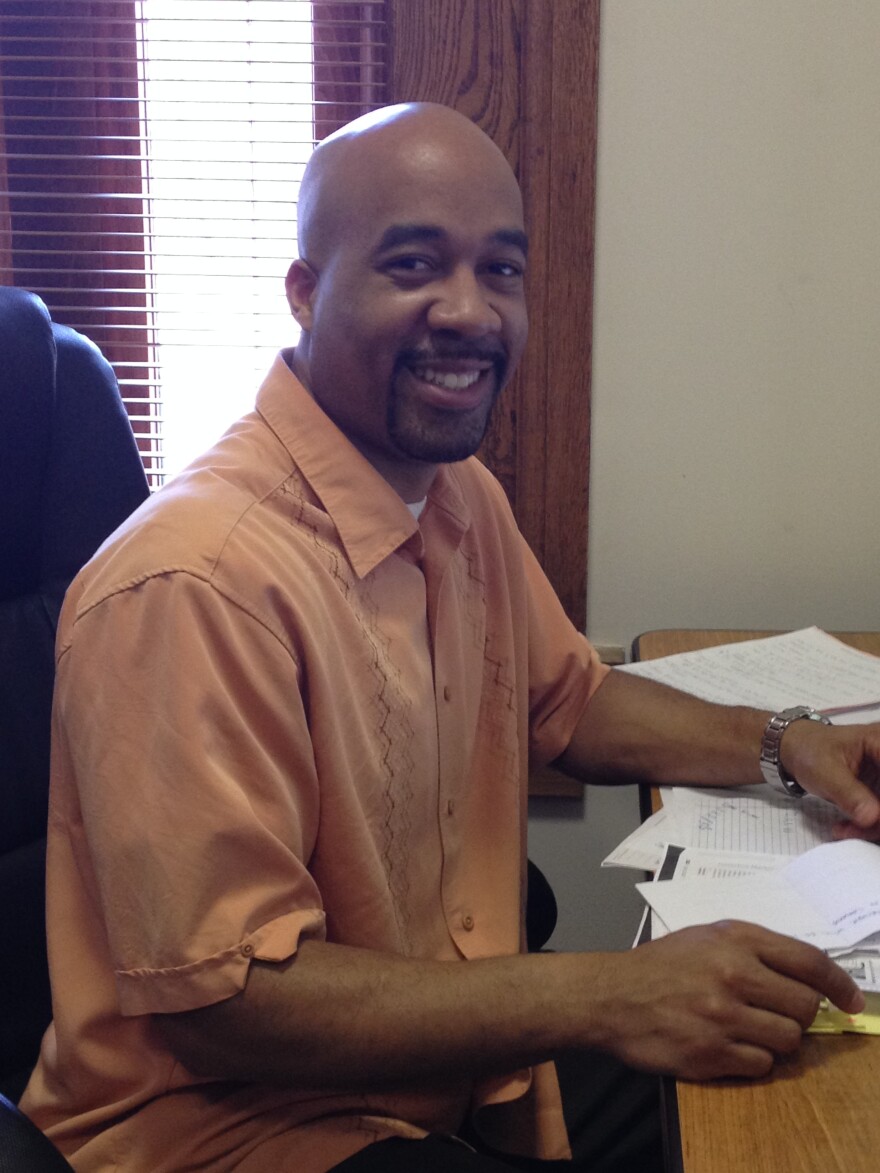The National Afro-American Museum and Cultural Center in Wilberforce opened its doors 26 years ago this April. Rediscovered Radio’s Jocelyn Robinson found historic audio in the WYSO Archives, and offers a look at how the museum has fared over the years.
Back in the fall of 1980, WYSO News aired a story on the National Afro-American Museum project. Even then, according to reporter Brian McCormick, the museum had been in the works for a long time:
Wilberforce, Ohio is a historical landmark for Black Americans. Named in honor of the great 18th century abolitionist William Wilberforce, its roots date back to 1884. Residents of Ohio felt it would be an appropriate spot to build a national Afro-American museum, and this triggered off what has long been a controversial issue in Ohio and the U.S. Congress.

By the mid 1980s, the museum was authorized by the federal government and ultimately funded by the State of Ohio. With the building finally under construction, it needed a collection. Dr. John E. Fleming, the museum’s founding director, recalled how the first permanent exhibition was developed.
"So we decided that we would collect from the present and go back into the past so the most important decade we thought was the last decade of what we call segregation, the 1950s, and we defined the 1950s and the decades from 1945 to 1965," says Fleming. "And we called it “From Victory to Freedom.” African Americans fought for victory overseas to return to the U.S. only to fight for their own freedom during the Civil Rights Movement."
Leading up to the Museum’s grand opening on April 16, 1988, the staff was busy putting the finishing touches on “From Victory to Freedom: Afro-American Life in the Fifties.” I should know. I was on the team writing exhibit labels and training volunteer tour guides. Others were installing exhibit artifacts, like the ‘57 Chevy, and The Green Book that listed safe accommodations for Black travelers during the Jim Crow era.
For its first ten years, the Wilberforce facility was a leader in the Black museum field, and it carried out a number of projects that were national in scope.
"I felt like Wilberforce certainly was an out of the way place for a national museum, but if we defined the mission and vision for the institution correctly, then it could carry out a national function," says Fleming. "For example, we did produce national exhibitions that traveled around the country; even the Smithsonian took two of our traveling exhibits. We produced educational materials for school kids around the country; one particular curriculum package was used in 48 states. We produced a national television program for PBS on Blacks and the Constitution."

In the last ten years, though, the museum has seen devastating budget and personnel cuts, and in 2011, its aging infrastructure triggered a mold problem. The museum closed for 17 months, and the permanent exhibition was taken down. It was yet another hurdle to get over, but the museum has reopened. Director Charles Wash is optimistic, even though there is a new national museum of African American history and culture being built on the Washington mall.
"We’ve hopefully seen the darkest of days, and just bright days ahead now," says Walsh. "One phrase that I heard pretty often is that all history is local, and that that national museum there on the mall can’t do justice to local history such as that in Wilberforce, or even in Ohio as a whole."
Dr. Wash invites museum visitors of all backgrounds to use African American history and culture as a sort of blueprint for overcoming obstacles, as a force we can all use to propel us into a better future. And that’s what the museum’s current exhibition, How I Got Over, is all about.
Though the museum wasn’t able to mark its 25th anniversary last year, a gala is being planned for this September. This national museum has been collecting and preserving the African American experience for nearly three decades, and that’s worth celebrating.
Major funding for Rediscovered Radio is provided by the Ohio Humanities Council and the Greene County Public Library.













